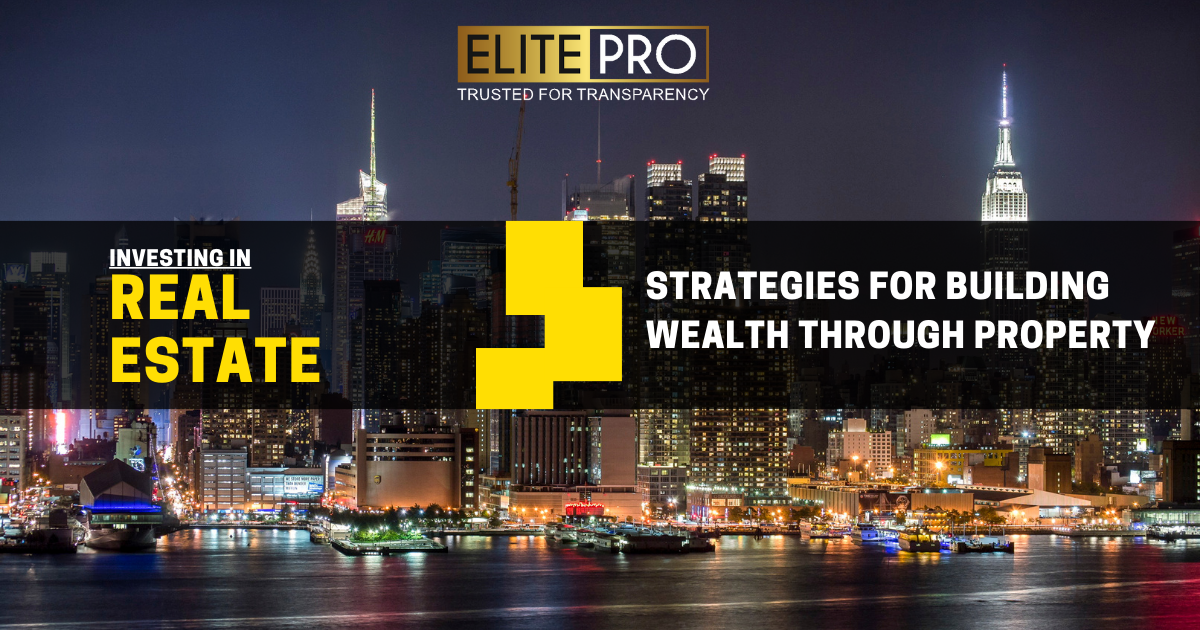
Sustainable Design: A Key Factor in Modern Homebuying Trends
In recent years, there has been a significant shift in homebuying trends, with more and more homebuyers placing a strong emphasis on sustainable design. Sustainable design, also known as green design or eco-friendly design, involves creating spaces that minimize negative impacts on the environment and promote healthier living. This trend towards sustainable design reflects a growing awareness of the environmental challenges we face and a desire to make more responsible choices when it comes to our homes.
One of the key factors driving this shift is the increasing concern about climate change and its impact on the planet. Nowadays, First-time homebuyers are becoming increasingly aware of the need to reduce their carbon footprint and are seeking out homes that are designed with sustainability in mind. This has led to a growing demand for homes incorporating energy-efficient features, renewable materials, and sustainable building practices.
Sustainable Homes Promote Healthy & Improved Lifestyle
Sustainable homes play a key role in promoting healthy and improved lifestyles for their residents. By utilizing sustainable building materials, energy-efficient systems, and environmentally conscious design, these homes create a healthier living environment. As per modern real estate needs, reduced exposure to harmful chemicals and toxins, improved indoor air quality, and better temperature regulation contribute to the physical well-being of occupants. Additionally, sustainable homes often incorporate features such as natural lighting, efficient water usage, and green spaces, which foster mental and emotional wellness.
Furthermore, sustainable homes encourage a more active and engaged lifestyle by integrating elements such as walking and cycling paths, community gardens, and access to public transportation. Overall, the emphasize greatly on sustainable homes as they not only contribute to the well-being of the individuals who live in them but also enhance the overall health of the community and the planet.
Green Homes Require Low Maintenance
Another driving force behind the interest in sustainable design is the potential for cost savings in the long run. Luxury market trends and energy-efficient features such as solar panels, high-efficiency HVAC systems, and energy-efficient appliances can significantly reduce utility bills over time, making sustainable homes an attractive option for financially savvy homebuyers. Additionally, sustainable building practices and materials may also contribute to lower maintenance costs and decreased environmental impact, further adding to the appeal of sustainable homes.
Furthermore, the increased awareness of sustainable living practices has led to a greater demand for homes that align with these values. Homebuyer preferences involve properties that have been designed and built with consideration for the surrounding environment, as well as features that promote sustainable living, such as rainwater harvesting systems, composting facilities, and edible gardens. These features contribute to a more sustainable lifestyle and enhance the property's overall appeal and functionality.
Modern Trends in Sustainable Indian Real Estate
Green buildings- Such buildings are constructed to promote environmental sustainability and minimize their carbon footprint. They make use of sustainable materials, energy-efficient systems, and eco-conscious design principles to achieve this goal. To ensure that these standards are met, the Leadership in Energy and Environmental Design (LEED) certification sets the benchmark for green building practices. Moreover, people have location preferences where there are enough green spaces and well-designed landscaping.
Internet of Things (IoT)- IoT devices are used in green buildings to enable efficient energy management, temperature control, and smart home technology. These devices are equipped with smart technologies that enhance energy efficiency and convenience for residents. Such technologies enable residents to control their energy consumption and reduce their carbon footprint.
Net-zero energy buildings- Such buildings are designed to produce as much energy as they consume, thereby achieving a carbon-neutral impact. This is achieved through a combination of measures, including the use of solar panels, energy-efficient insulation, and smart systems that contribute to net-zero energy goals.
Biophilic design principles- These are also integrated into green buildings to promote well-being and connectivity with nature. The future of homebuying includes Biophilic spaces that foster a sense of calm and productivity by incorporating natural elements like green walls, natural lighting, and indoor plants. These elements help to improve the overall ambiance of the building, making it a more pleasant and comfortable place to live or work in.
Why Eco-Friendly Residential Properties are Beneficial?
Eco-friendly residential properties are becoming increasingly popular in India as more people seek sustainable and environmentally-conscious living options. These properties are designed to minimize their environmental impact and promote a healthy, green lifestyle for residents. You can find a best-suited residential property in Gurugram that incorporates sustainable features such as energy-efficient lighting, solar panels, and rainwater harvesting systems. These features help reduce energy consumption, lower utility costs, and conserve natural resources.
In addition, eco-friendly properties often prioritize green spaces and landscaping, creating a harmonious environment that blends with nature. This can include rooftop gardens, community gardens, and green courtyards, providing residents with access to outdoor spaces and promoting biodiversity within the development. Furthermore, eco-friendly residential properties often use non-toxic building materials and design elements that support indoor air quality and overall well-being. This includes using eco-friendly paints, natural insulation materials, and low-emission building materials.
Bottom Line
In conclusion, sustainable design has emerged as a key factor in modern homebuying trends, driven by a growing awareness of environmental challenges, a focus on health and wellness, potential cost savings, and a desire to live a more sustainable lifestyle. As homebuyers seek out properties that align with these values, the real estate industry is responding with a greater emphasis on sustainable design, offering a wider range of eco-friendly homes and features. Ultimately, the prioritization of sustainable design in homebuying reflects a positive shift towards creating more environmentally conscious and healthy living spaces for the future.





